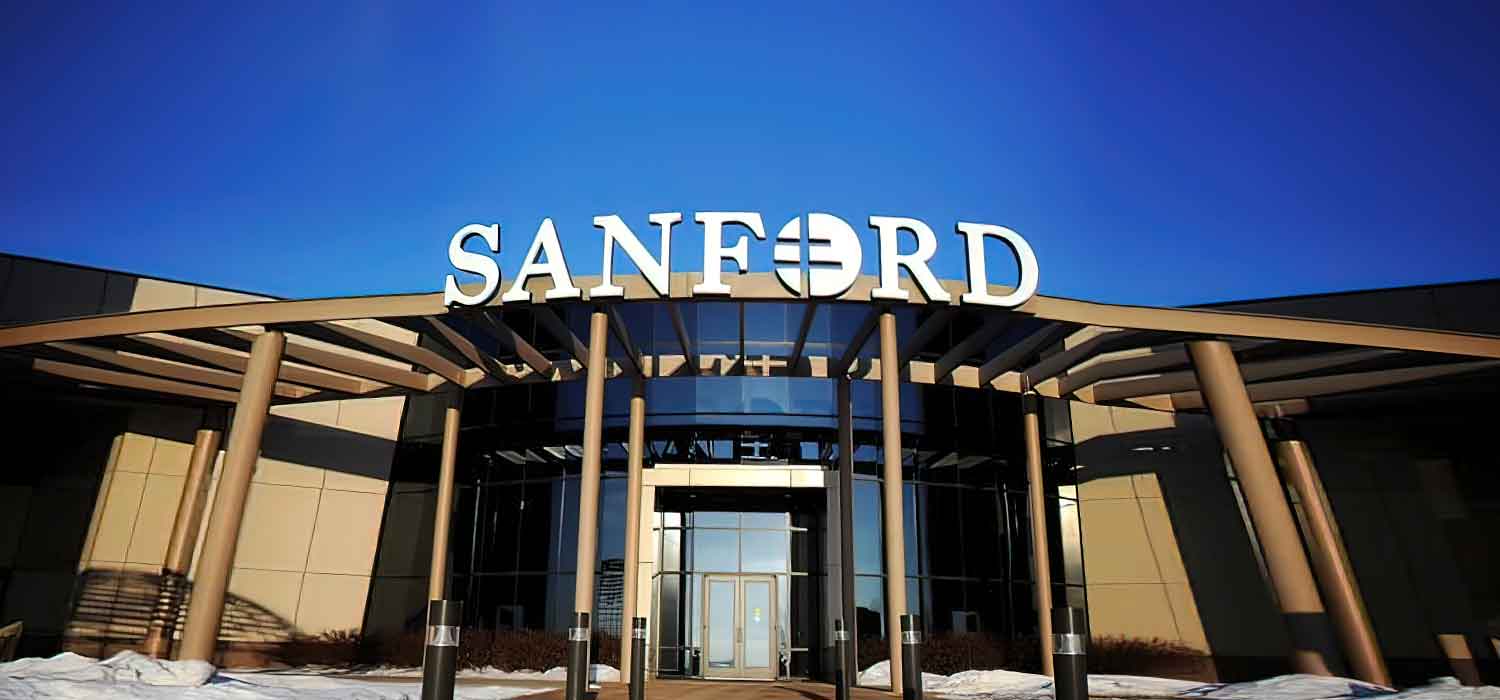If you want the future, stop chasing the past.
If you’re associated with the healthcare industry in any way, by now you must realize we’re all facing profound challenges stemming from the chronic shortage of available nurses. It’s a genuine problem – one that is already impacting hospitals, clinics, and ultimately the patients themselves.
I still marvel at how often I hear people speaking about the need to get “back to normal.” But the hard truth is that there’s no going back. If we hope to regain any sense of normalcy, it’ll be by embracing the idea of moving forward. Of course, that goal has proven enormously challenging.
Welcome to the perfect storm.
The COVID-19 pandemic still wasn’t yet a thing when I began meeting with hundreds of experts and insiders, from staff nurses to hospital CEOs. Even then, every executive I spoke to expressed worry about what they all saw as an apocalyptic nurse staffing shortage on the horizon. Many were downright terrified – the talent gap was already bad enough that many feared their hospitals would no longer be able to operate within five years.
You’re probably familiar with the primary factors driving this dynamic: a huge number of baby boomers reaching their 70s, and increasingly needing medical care. Veteran nurses retiring by the thousands, outpacing by far the influx of younger nurses who will replace them. Chronic burnout and fatigue in every department. And the list goes on.
Since then, things have only gotten worse. Based on the stresses of a pandemic, we’re seeing unprecedented levels of staff turnover and vacancies. Fully 31% of hospitals are now forecasting critical nursing shortages in 2022.
And for the optimists who like to imagine that a fresh crop of recent nursing grads will somehow save the day, we’re getting even more bad news – fully 20% of today’s active RNs are considering leaving their current jobs within the year. Many are leaving the field altogether as they opt for early retirement. And all those newly-licensed nurses? As many as 31% are leaving the field within their first year.
As I said, there’s no going back. Instead, we must all focus on new ways of looking forward.
New tools make new solutions possible.
With growing hospital needs and fewer available nurses, any sustainable solution must include reliable ways to maximize workforce efficiency like never before. It must address the inconvenient reality that today’s nurses know they have the leverage to demand more and more say in deciding when, where, and how they work. We also have to acknowledge important generational shifts in the way professionals think about work-life balance. Scheduling optimization used to be all about managing recurring patterns. Now, flexibility has emerged as the hot button issue.
The silver lining in all of this? Advances in Artificial Intelligence and Machine Learning offer new predictive insights that can help us fine-tune our operational efficiency like never before. Even the most powerful predictive algorithm won’t make the nursing shortage go away. But if we can find ways to use these new tools effectively, we have the potential to make life better for healthcare organizations and the clinical workforce alike.
Unleashing efficiency as a superpower.
As with most things in life, real progress on this critical issue means moving forward rather than back. It also requires addressing familiar challenges with fresh thinking. We need new ideas, and we need them now.
The single most promising idea I’ve encountered to date? A novel and highly synergistic pairing of two emerging concepts – patient demand forecasting and enterprise flex staffing. This approach promises to unlock the potential for new levels of workforce efficiency across all types of healthcare organizations.
Hospitals can now choose to base their staffing models on highly detailed demand forecasts, rather than simply relying on daily census averages. And when you proactively monitor these forecasts on a weekly or even daily basis, the news gets even better. After all, the earlier an upcoming need is predicted, the more options a hospital has for addressing it without incurring premium labor costs.
When an enterprise fully integrates this thinking across its workforce planning, scheduling, and staffing workflows, clinical resources can be optimized holistically across all locations. This makes the system itself more adaptable and responsive than ever.
Of course, these benefits can only be realized when a healthcare organization commits to creating a highly adaptable clinical workforce structure. This is where the new model of enterprise flex staffing comes into play.
Hospitals traditionally staff their units with enough full-time nurses to meet 90-95% of projected patient census. That leaves limited options for filling open shifts – would you rather float a staff nurse from a different unit, or require someone to work more unplanned overtime? Neither represents an ideal solution. With enterprise flex staffing, a hospital’s own on-demand workforce picks up more of the load.
This is all about leveraging new technologies to automate the matchmaking between hospitals and nurses in ways that an individual location can’t possibly accomplish on its own.
The win-win solution finally becomes a reality.
It wasn’t all that long ago that this approach was correctly regarded as a futuristic dream. But demand-driven clinical staffing and enterprise flex staffing are both now very real. And together, they have the power to realign workforces in ways that benefit healthcare facilities, nurses, and patients alike.
Quality of care and patient outcomes improve measurably because each unit can have the appropriate number of nurses assigned and on duty. And when enough nurses are scheduled ahead of time, they don’t need to be called in unexpectedly during a crunch.
This can provide nurses with a more satisfying work-life balance. Which in turn promotes higher job satisfaction and less turnover. And managers get more time to train and mentor new nurses, which also promotes job satisfaction while improving quality of care.
Meanwhile, up in the C-suite, leadership gets far more insight into the entire workforce management process and far more control. One welcome result? Significant savings in labor costs as they become less reliant on crippling overtime and travel nurse expenses. This really is an ecosystem where everything affects everything else.
Navigating the road ahead.
Our industry will always have its share of challenges. But successfully adapting to change means dealing with those challenges as they come, all while scanning the horizon to get some sense of the next challenge, and the next. We can’t predict what healthcare will look like 20 years from now, or even five. But we can predict how many Nurse Anesthetists you’ll need in your thoracic surgery unit next month. And it’s just that type of insight that will allow us all to do a better job serving the needs of our fellow humans in the weeks, months, and years to come. At the end of the day, isn’t that why we’re all here?



